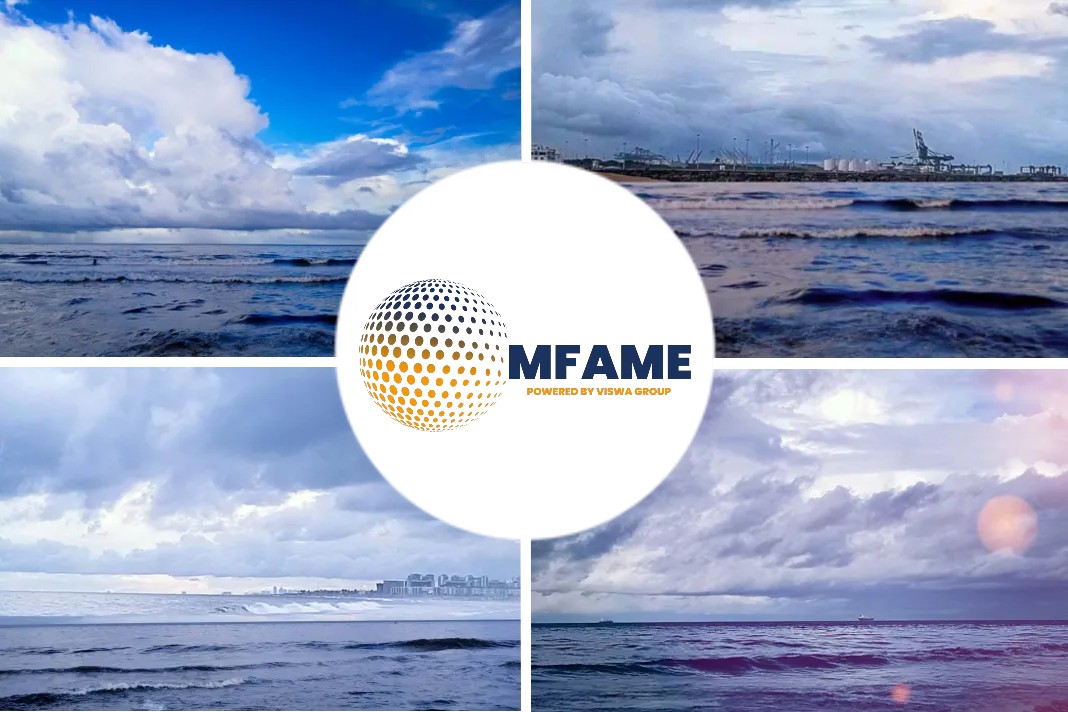- Lower long haul shipping demand dampens spot market
- Capesize fleet size increases amid more newbuilds
- Tonnages freed from longterm contracts enter spot market
- Force majeure needs to end to enhance the demand in the long haul voyages
According to a Platts report, despite iron ore movement staying resilient amid the global coronavirus pandemic, key Capesize freight rates to move iron ore from Brazil and Australia to China tumbled to multiyear lows on Wednesday.
Long Haul Voyage Drop
- A noticeable drop in long haul voyages — which accounted for sizable tonnage volume — saw the freight to move 170,000 mt (plus/ minus 10%) of iron ore from Tubarao, Brazil, to Qingdao, China, assessed at $8.40/wmt, a level last witnessed on June 1, 2016.
- The shorter Port Hedland-Qingdao route hit $3.95/wmt, the lowest since February 14, 2017.
- The Capesize freight market has been on a downward trajectory for most part of 2020 in both Pacific and Atlantic basins, after freight rates hit record high in early September 2019.
- The prices for Pacific and Atlantic basins hit $28.75/wmt and 11.40/wmt, respectively.

Iron ore demand steady
The freight rates have been easing even though the seaborne iron ore trade, which is mainly facilitated by the Capesize ships, has remained largely robust.
Over January-April 2020, China imported 358.4 million mt of iron ore, which is up 5.4% compared to the same period in 2019, according to Chinese General Administration of Customs data.
- However, iron ore shipped on the longest ton-mile route of Brazil to China dropped 15.3% to just 61.5 million mt over January-April 2020.
- Meanwhile, Australia managed to increase its exports year on year by 9.6% to 233.7 million mt and South African exports increased by 12.1% to 14.7 million mt, according to shipbroker Bancosta’s research report.
- The ton-mile demand for a trip with iron ore from Brazil to China is almost thrice as much as a voyage from Australia to China.
- Ton-mile demand is calculated by multiplying the volume of cargo moved in metric tons by distance traveled in miles.
Covering a longer distance implies diminished availability of ships even if the total size of the fleet remains the same, or conversely, it offsets the increase in supply of tonnage.
Meanwhile, Brazilian mining major Vale revised down its guidance on April 17 for iron ore fines production in 2020 to 310 million-330 million mt from 340 million-355 million mt.
Better Demands in Long Hauls Needed
Market participants pointed out that the Capesize segment needs better demand on long hauls as well as more employment for shipping coal to digest the available tonnage.
With many seaborne coal consuming countries witnessing lockdowns to contain the spread of coronavirus, this trade has dampened considerably.
The coal shipping volume to India, especially on the South Africa to India route, is almost dead. The low Chinese domestic coal prices, as well as limited southern Chinese port import quotas, have also depressed the seaborne demand, sources said.
“The market doesn’t cheer me up and we need India to come out of force majeure,” a Capesize shipowning source said.
“The fall in domestic Chinese prices has narrowed any arbitrage opportunities for seaborne coal, whereas import port quotas being reached in Southern Chinese ports has also limited seaborne coal demand, despite the lower prices,” said a China-based Capesize ship-operating source.
Burgeoning Capesize fleet
The imbalance in the fundamentals of the Capesize market is impacting its stability. More tonnage is appearing in the market not only in terms of newbuilds but also the dedicated tonnages. The dedicated tonnages, which are on long term contracts with steel mills, are being forced to compete in the spot market due to the demand destruction caused by the coronavirus pandemic.
S&P Global Platts has recorded 33 large size bulker newbuild deliveries this year, totaling 7.58 million dwt, including one Valemax, six Guaibamaxes, 20 Newcastlemaxes and six standard Capesizes.
“A good numbers of new VLOCs [Very Large Ore Carriers] are on the water now, which will lower the spot volume for standard Capesize ships,” a Capesize operating source said.
“One painful detail is that VLOCs are usually dedicated to steel mills’ contract. Now they must have been released by the steel mills and they are taking spot cargoes away from spot market,” a Capesize shipowning source added.
Did you subscribe to our daily newsletter?
It’s Free! Click here to Subscribe!
Source: Platts

























